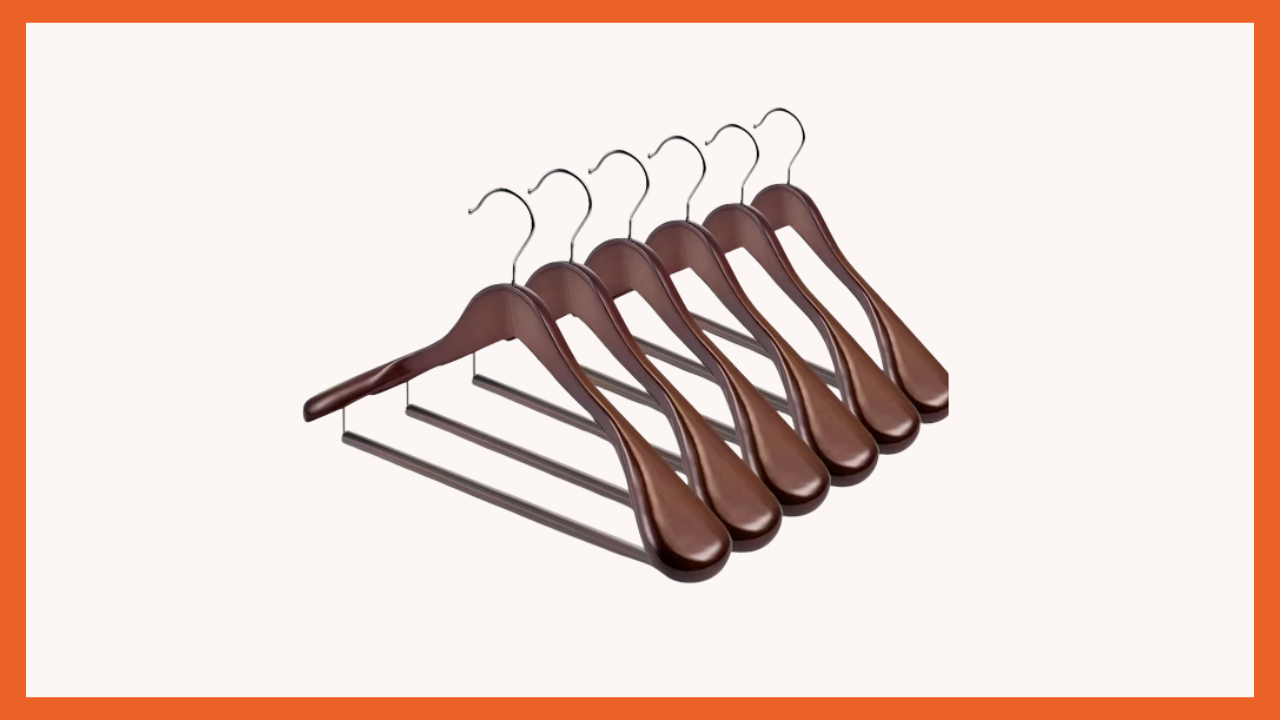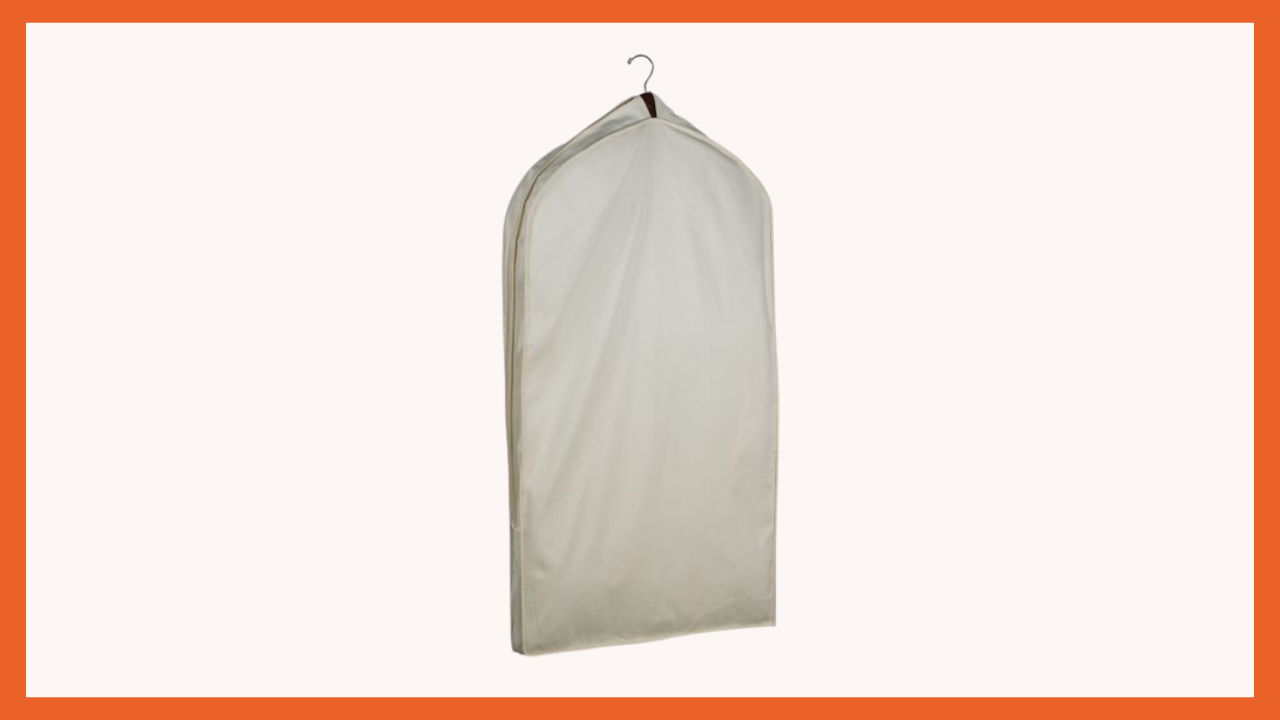AllVintageStyles
The Ultimate Vintage Fashion Encyclopedia
Wooden Hangers

Wooden hangers provide structural support and natural fiber protection for vintage garments through solid wood construction and moisture absorption properties.
Quick Facts
- Primary Use: Hanging storage for structured vintage garments
- Material: Cedar, maple, beech, or other hardwoods (solid or laminated construction)
- Product Type: Natural wood garment support system
- Key Benefits: Shape retention, moisture absorption, natural pest deterrent, durability
- Typical Price Range: $8-$35 (quality solid wood construction per hanger)
- Best For: Vintage suits, heavy coats, structured blazers
Development & Importance
Wooden hangers became the menswear standard in the early 1900s when tailors recognized that wire and early plastic hangers distorted suit shoulders and lapels. Cedar varieties gained popularity for their natural moth-repelling properties and moisture regulation, while hardwoods like maple offered superior strength for heavy garments.
Professional costume collections favor wooden hangers for period-appropriate storage that complements vintage construction methods. The natural wood absorbs excess humidity while maintaining garment shape, particularly crucial for tailored pieces with internal structure that requires consistent support.
Modern vintage collectors choose wooden hangers for their longevity and aesthetic appeal, though quality varies dramatically between mass-produced and artisan-crafted options. Solid wood construction and proper finishing distinguish investment-grade hangers from furniture store alternatives.
Quality Assessment Tips
Professional/Archival-Grade Features:
- Solid hardwood construction with visible wood grain patterns
- Smooth, hand-sanded finish without rough edges or splinters
- Contoured shoulder design matching human shoulder slope
- Reinforced swivel hook attachment with metal hardware
- Natural wood finish or food-grade protective coating only
Avoid These Lower-Quality Options:
- Particle board or MDF construction disguised with wood veneer
- Hangers with sharp edges, rough surfaces, or visible glue lines
- Synthetic finishes, paints, or stains that may off-gas chemicals
- Plastic hook attachments that break under garment weight
- Overly cheap hangers with uneven shoulder slopes or poor proportions
Usage & Applications
- Best for vintage wool suits: Cedar naturally repels moths while solid construction maintains lapel shape and prevents shoulder distortion
- Ideal for heavy vintage coats: Hardwood strength supports substantial garment weight without bending or breaking over time
- Perfect for structured vintage blazers: Contoured shoulder design preserves internal construction and maintains professional appearance
Professional tips:
- Sand lightly with fine-grit paper annually to refresh cedar's natural oils and moth-repelling properties
- Choose hanger width matching garment shoulder measurement to prevent stretching or bunching
- Rotate hangers periodically to ensure even aging and prevent permanent garment impressions
FAQ
Q: How can I tell if wooden hangers are quality construction?
A: Look for solid wood with visible grain patterns, smooth hand-sanded surfaces, and reinforced metal hook attachments. Avoid particle board construction with veneer covering or synthetic finishes.
Q: What's the difference between cedar and other hardwood hangers?
A: Cedar offers natural moth repellent properties and moisture absorption, while hardwoods like maple provide superior strength. Both offer excellent shape retention for vintage garments.
Q: How should I care for wooden hangers long-term?
A: Sand cedar hangers lightly once yearly to refresh natural oils. Store in dry environments and avoid exposure to extreme humidity that can cause warping or cracking.
Q: Are expensive wooden hangers worth the investment for vintage clothing?
A: For suits and structured pieces valued over $400, quality wooden hangers preserve garment shape and prevent damage worth far more than hanger cost. They're essential for tailored vintage pieces.
📷: House Day


